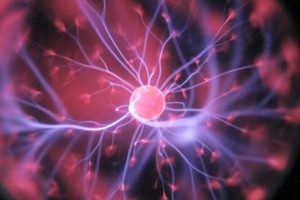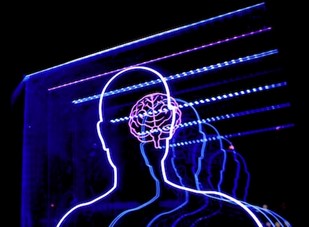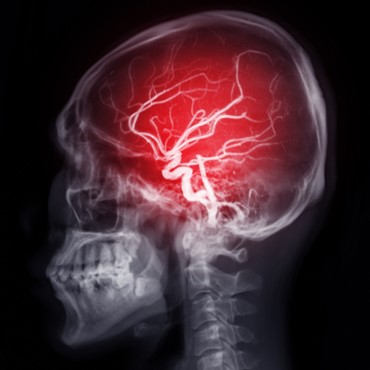Fascinating Developments in Neurology
Novel treatment for Alzheimer’s disease
It has been 30 years since the first drug targeting Alzheimer’s disease (AD) became available on the market. Now, Dr. David Zagzag and many neurologists believe we are on the verge of another breakthrough in Alzheimer’s research.
Over 6 million people in the U.S. are living with Alzheimer’s, and an estimated 1 in 3 seniors will die while having the disease or other forms of dementia. By 2050, an estimated 12.7 million people, 65 and older will have Alzheimer’s-related dementia, according to the Alzheimer’s Association.
Early in January, the U.S. Food and Drug Administration granted accelerated approval of lecanemab to treat AD. It is a new type of medicine that targets one of the basic pathophysiological processes associated with AD. A monoclonal antibody, lecanemab, created a lot of enthusiasm among many neurologists because in a phase 3 clinical trial, it was shown to slow the progression of the disease in its early stages.
It is just one of several approaches to treating the disease that targets it in a tailored and aggressive way, as researchers around the world continue to share vital data on the disease.
Could Technological Communication Impair a Growing Brain
Everyone was on video for the past few years — everyone from elementary school students to CEOs — and while that technology was often used as an effective communication approach during the pandemic, it may have negative consequences.
A research team at the University of Montreal and the CHU Sainte-Justine Research Center looked at the electrical activity of brains engaged in mother-child interactions face-to-face and compared it to communication that was assisted by technology and conducted remotely.
The study noted that nine cross-brain links were observed during face-to-face conversations instead of just one cross-brain link during remote interactions.
In short, the experimental data suggests that communication that’s heavily technology-based may disrupt natural brain development, impacting the cognitive development of children, and, most importantly, such disruptions may be long-term.

Study: Autism Risk May Be Linked to Ancestry
About 1 in 44 U.S. children were diagnosed with an autism spectrum disorder, the Centers for Disease Control and Prevention reported in 2021. Genetics is believed to be the biggest factor in the majority of autism cases. A new study published in the International Journal of Health Geographics takes a groundbreaking look at the potential impact of where and when our relatives lived WORD MISSING????? on one’s risk of autism.
Clusters of individuals with autism, a neurobiological developmental disorder, have been detected by the researchers to be tied to not just when families lived but where they settled. The researchers note that shared time and space between parents and grandparents of autistic children may indicate that environmental factors are integral to developing the condition.
In the study, the research team identified 20 clusters of parents and grandparents across Utah, pinpointing 13 clusters that are linked to a higher risk of autism in the grandchildren and children of the clusters. The research team plans to look into other potential factors that lead to an elevated risk of autism.
Disclaimer: Always consult with a qualified and licensed physician. The content and information on this website is not intended to be a substitute or to replace professional medical advice for accurate diagnosis or appropriate treatment. Readers are encouraged to confirm the information contained herein with other sources, not to rely on this website for emergency medical treatment and to carefully review the information provided with their professional health care provider. In short this website is not an attempt to or should not be used to make a diagnosis, to replace or to overrule a qualified health care provider’s judgment.



